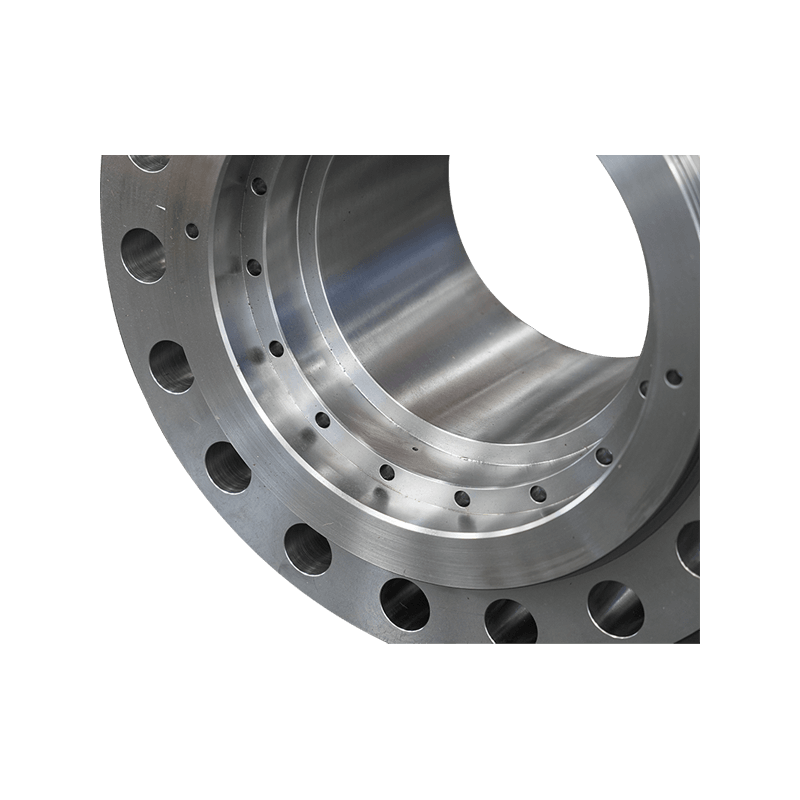The manufacturing of machined valve parts involves a sophisticated blend of traditional machining techniques and advanced computer-controlled processes. The goal is to transform raw materials—such as stainless steel, carbon steel, brass, and various alloys—into highly precise and functional valve components like bodies, bonnets, stems, discs, and seats.
Material Selection: The Foundation of Quality
Before any machining begins, the appropriate material must be selected based on the valve's intended application, operating pressure, temperature, and the corrosiveness of the fluid it will handle. This choice significantly influences the machining processes and tools used. For instance, exotic alloys used in high-performance applications require specialized tools and slower machining speeds compared to more common materials.
Rough Machining: Shaping the Basics
The initial stages of machining often involve rough machining operations. This phase focuses on removing large amounts of material quickly to get the component close to its final shape. Common techniques include:
-
Sawing: Used for cutting raw material into manageable blanks.
-
Turning (Lathe Machining): For cylindrical parts like stems and disc blanks, a lathe rotates the workpiece while a cutting tool removes material.
-
Milling: Employed for producing flat surfaces, slots, and complex geometries on components like valve bodies. Large, multi-axis milling machines are often used for this.
These roughing processes leave a significant amount of material for subsequent finishing operations, ensuring that any surface imperfections or material stresses from the initial cutting are removed later.
Precision Machining: Achieving Tight Tolerances
Once the basic shape is established, precision machining takes over to achieve the critical dimensions, surface finishes, and tight tolerances required for valve operation. This is where the true art of machining valve components shines, often utilizing Computer Numerical Control (CNC) machines for unparalleled accuracy and repeatability.
-
CNC Turning: Modern CNC lathes precisely control the movement of cutting tools, allowing for the production of intricate features on stems, seats, and other rotational components with exceptional accuracy. This includes features like thread cutting, grooving, and precise diameter control.
-
CNC Milling: For valve bodies and bonnets, multi-axis CNC milling machines can perform complex operations, creating precise bolt holes, fluid passages, and mounting surfaces. The ability to machine on multiple axes simultaneously reduces setup time and improves accuracy.
-
Grinding: For extremely tight tolerances and superior surface finishes, particularly on critical sealing surfaces like valve seats and discs, grinding operations are essential. Grinding uses abrasive wheels to remove small amounts of material, resulting in very smooth and precise surfaces that are crucial for preventing leaks.
-
Honing and Lapping: These superfinishing processes are used for achieving even finer surface finishes and dimensional accuracy on critical mating surfaces. Honing is often used for internal cylindrical surfaces, while lapping creates extremely flat and smooth external surfaces, enhancing the seal integrity of the valve.
Throughout these precision operations, highly specialized cutting tools, often made from carbide, ceramics, or diamond-tipped materials, are used to handle the varying hardness and abrasiveness of valve materials.

Quality Control: Ensuring Performance
After machining, every valve assembly part undergoes rigorous quality control checks. This includes:
-
Dimensional Inspection: Using micrometers, calipers, coordinate measuring machines (CMMs), and optical comparators to verify that all dimensions meet specifications.
-
Surface Finish Analysis: Assessing the roughness of machined surfaces to ensure optimal sealing and performance.
-
Material Verification: Confirming the material composition through spectrographic analysis or other methods.
-
Non-Destructive Testing (NDT): Techniques like magnetic particle inspection, liquid penetrant testing, and ultrasonic testing are used to detect internal or surface defects that could compromise the component's integrity.
This meticulous inspection process ensures that each precision-machined valve component is fit for purpose and will contribute to the reliable operation of the final valve assembly.
The Future of Valve Component Machining
The industry continues to evolve with advancements in machining technology. Additive manufacturing (3D printing) is beginning to play a role, particularly for prototyping and complex internal geometries that are difficult to machine conventionally. Robotic automation in material handling and machining operations is also becoming more prevalent, further enhancing efficiency and consistency in the production of fabricated valve elements.
The machining of valve parts is a testament to precision engineering, where every cut and every surface finish contributes to the performance and safety of critical industrial infrastructure.

 English
English русский
русский
